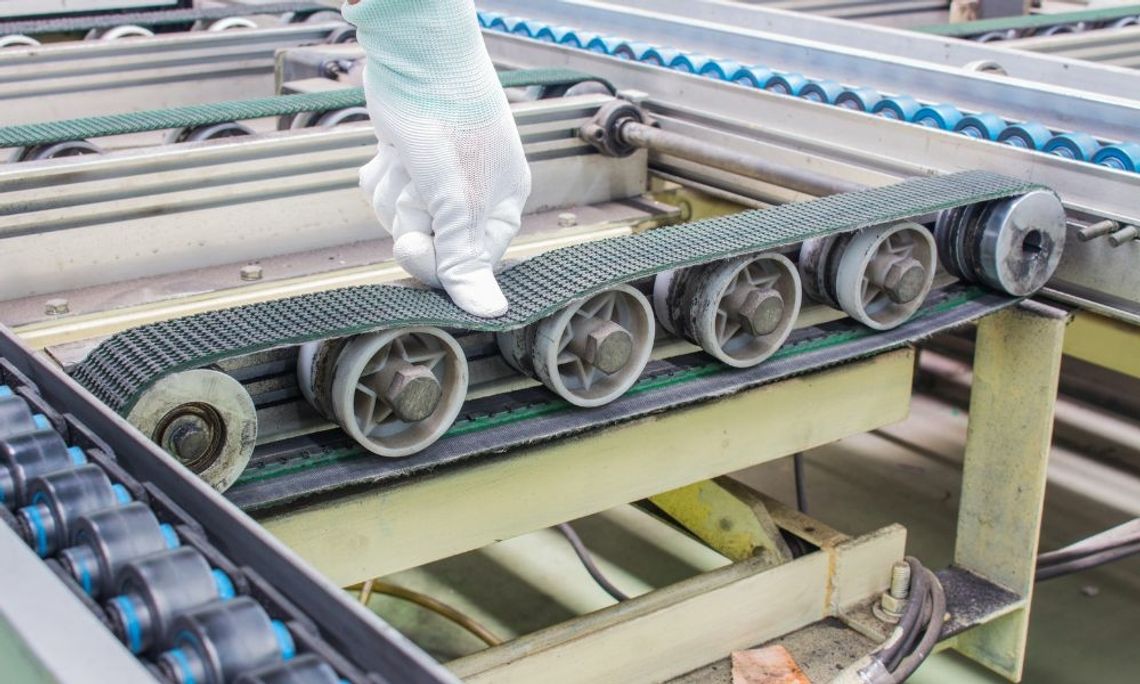A conveyor belt is vital in various industrial operations across different sectors. It plays a significant role in ensuring that goods move from one point to another seamlessly.
However, it's essential to conduct regular maintenance to keep the conveyor belt operating effectively and avoid unexpected downtime and expensive repairs. Learning how to conduct maintenance on your conveyor belt properly can help you save time and money in the long run.
Inspect the Conveyor Belt and Components
The first step to proper conveyor belt maintenance is inspecting the belt and its components. This process allows you to identify if there are any worn-out parts or faults that could lead to downtime when you least expect it. Checking the tension on your conveyor belt should also be part of this process, as too much tension can cause it to wear out quickly.
Clean Your Conveyor Belt Regularly
Another essential step in maintaining your conveyor belt is cleaning it regularly. This is particularly crucial if you're in an industry that produces products with adhesive materials, oil, or other elements that could accumulate on the belt, leading to problems down the line. Depending on your conveyor belt type, you may need to use different cleaning techniques. You can use a simple brush vacuum system to remove any residue that could cause damage or interfere with the conveyor belt's operations.
Lubricate the Moving Parts
Lubrication is another critical aspect of conveyor belt maintenance that you should never overlook. The moving components of the conveyor belt, such as the bearings, pulleys, rollers, and gears, must receive regular lubrication to reduce friction and wear. Use a lubricant compatible with your conveyor belt's components and follow the manufacturer's recommended procedure.
Replace Worn-Out Parts Promptly
If you notice worn-out or damaged parts during your inspection, don't ignore them. Instead, replace them promptly. Worn-out pulleys, belts, bearings, etc., can cause significant problems down the line, leading to costly repairs and unexpected downtime. Addressing any issues as soon as you spot them is essential to avoid the risk of failure.
Train Your Operators
Proper conveyor belt maintenance isn't just about conducting regular inspections and replacing parts. It's also essential to train your operators to work with the conveyor belt correctly. They should know how to operate the conveyor belt and the warning signs indicating a problem. Ensure you train them to perform maintenance and address minor issues to prevent significant problems.
Knowing how to conduct conveyor belt maintenance is essential for any facility that relies on these machines to transport products. Regular maintenance ensures the conveyor belt operates smoothly, helps extend its lifespan, and avoids costly repairs and unexpected downtime. Following the five steps outlined above, you can keep your conveyor belt in top condition and reduce the risk of failure and costly repairs. Always consult your manufacturer's recommendations and seek professional help if you're unsure about any aspect of conveyor belt maintenance.


Comment
Comments